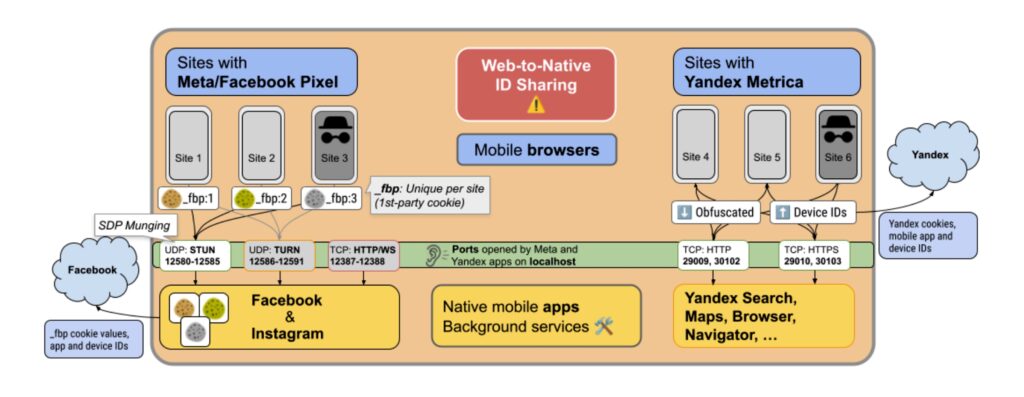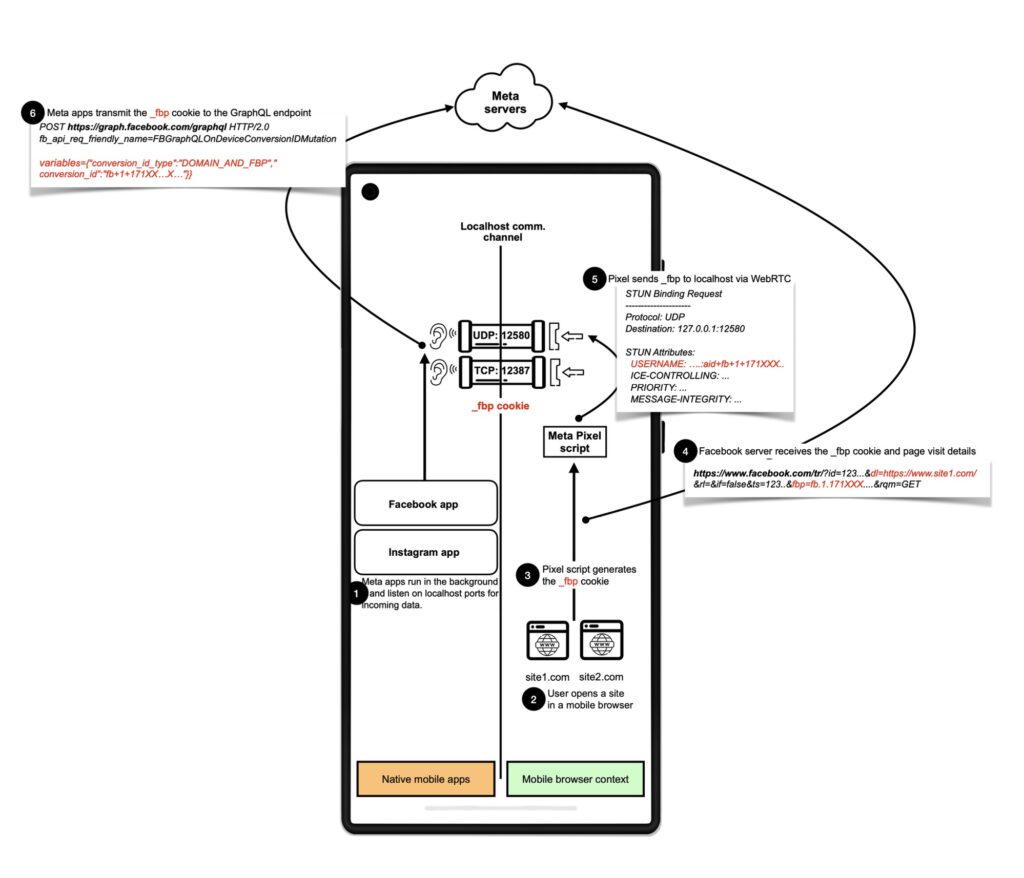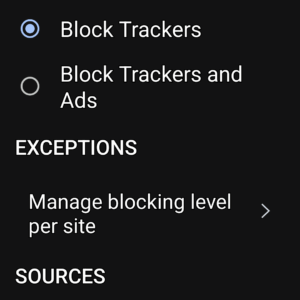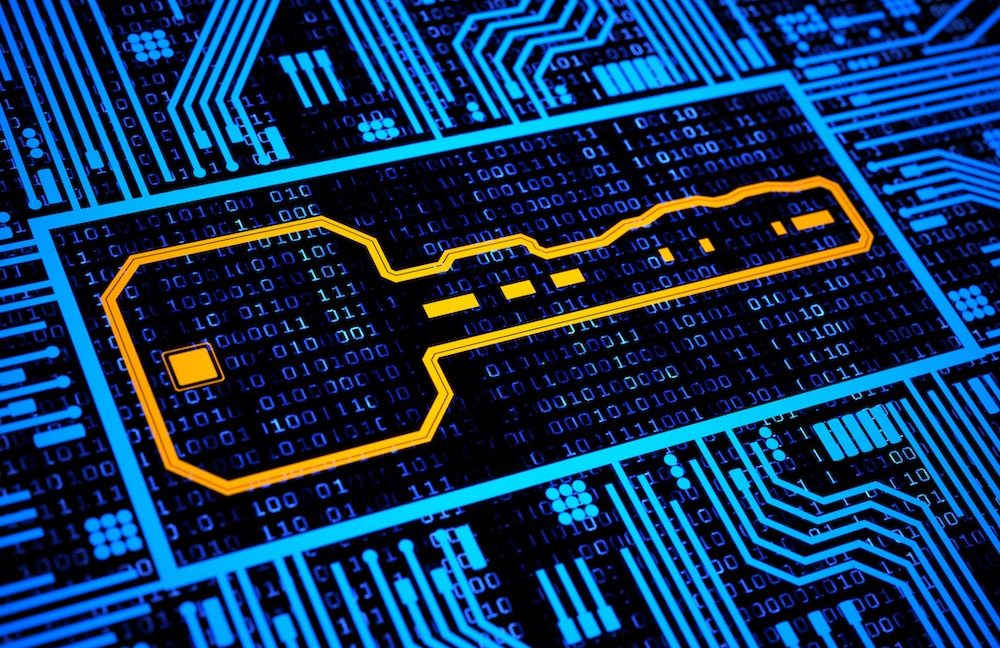Two certificate authorities booted from the good graces of Chrome
Google says its Chrome browser will stop trusting certificates from two certificate authorities after “patterns of concerning behavior observed over the past year” diminished trust in their reliability.
The two organizations, Taiwan-based Chunghwa Telecom and Budapest-based Netlock, are among the hundreds of certificate authorities trusted by Chrome and most other browsers to provide digital certificates that encrypt traffic and certify the authenticity of sites. With the ability to mint cryptographic credentials that cause address bars to display a padlock, assuring the trustworthiness of a site, these certificate authorities wield significant control over the security of the web.
Inherent risk
“Over the past several months and years, we have observed a pattern of compliance failures, unmet improvement commitments, and the absence of tangible, measurable progress in response to publicly disclosed incident reports,” members of the Chrome security team wrote Tuesday. “When these factors are considered in aggregate and considered against the inherent risk each publicly-trusted CA poses to the internet, continued public trust is no longer justified.”
Two certificate authorities booted from the good graces of Chrome Read More »


















